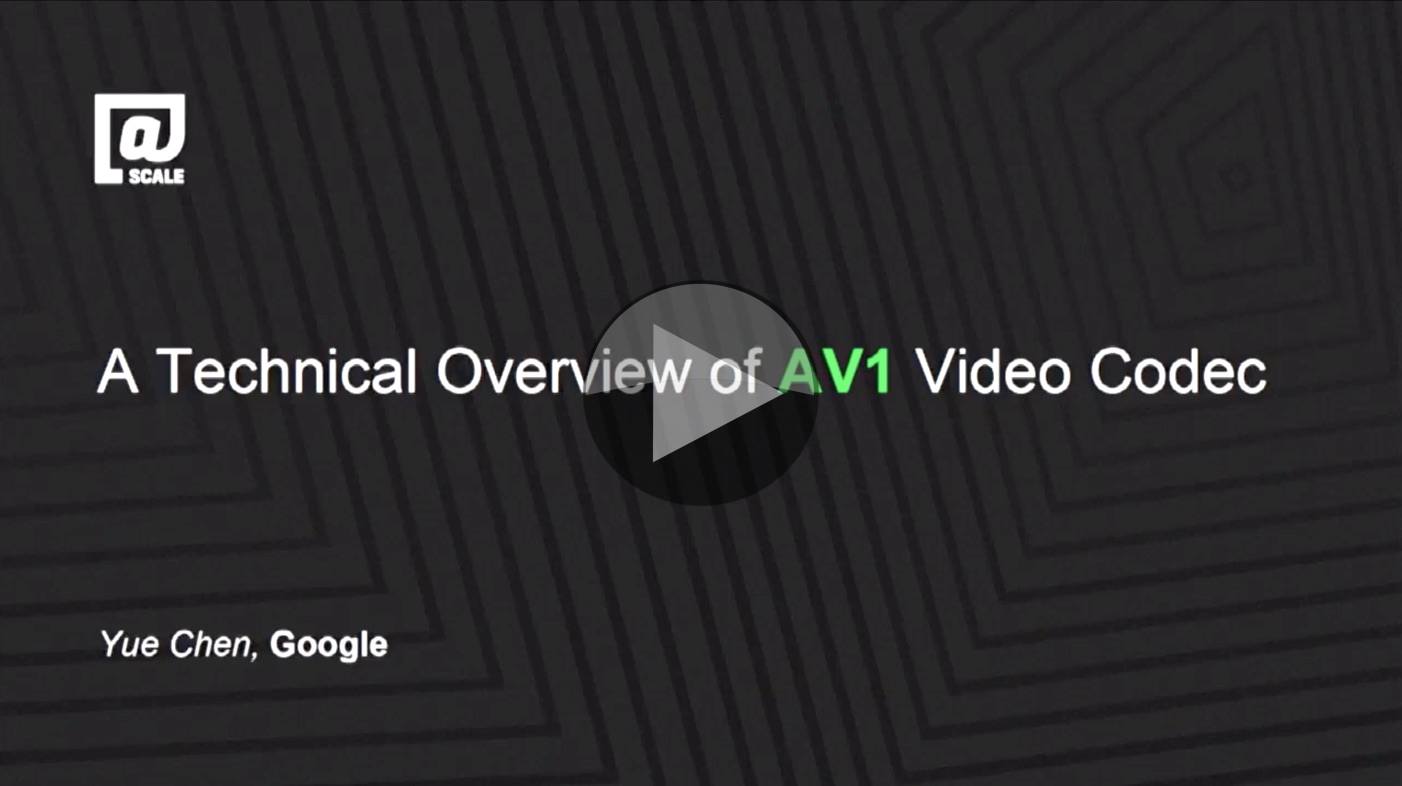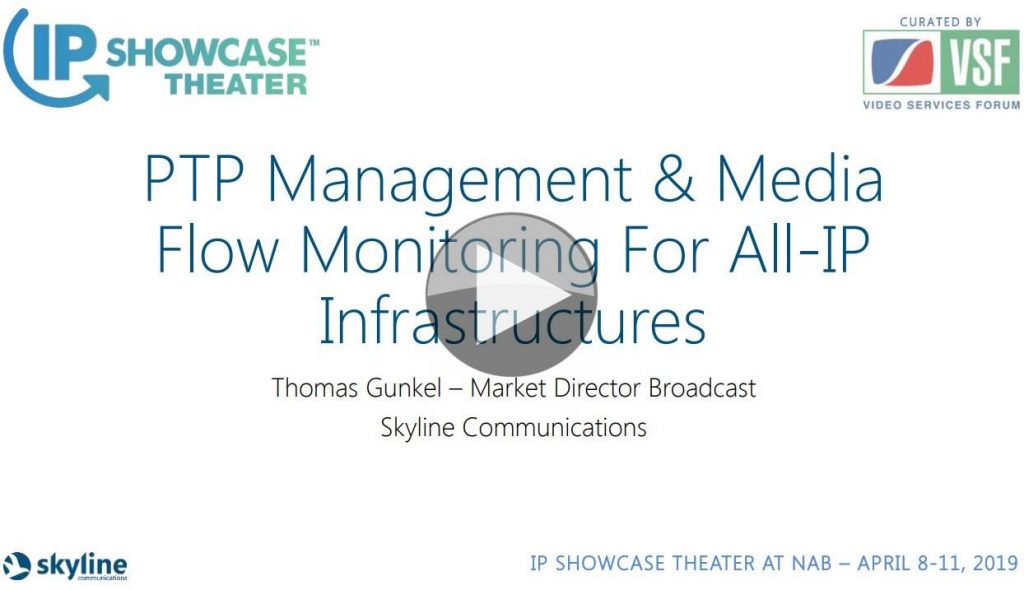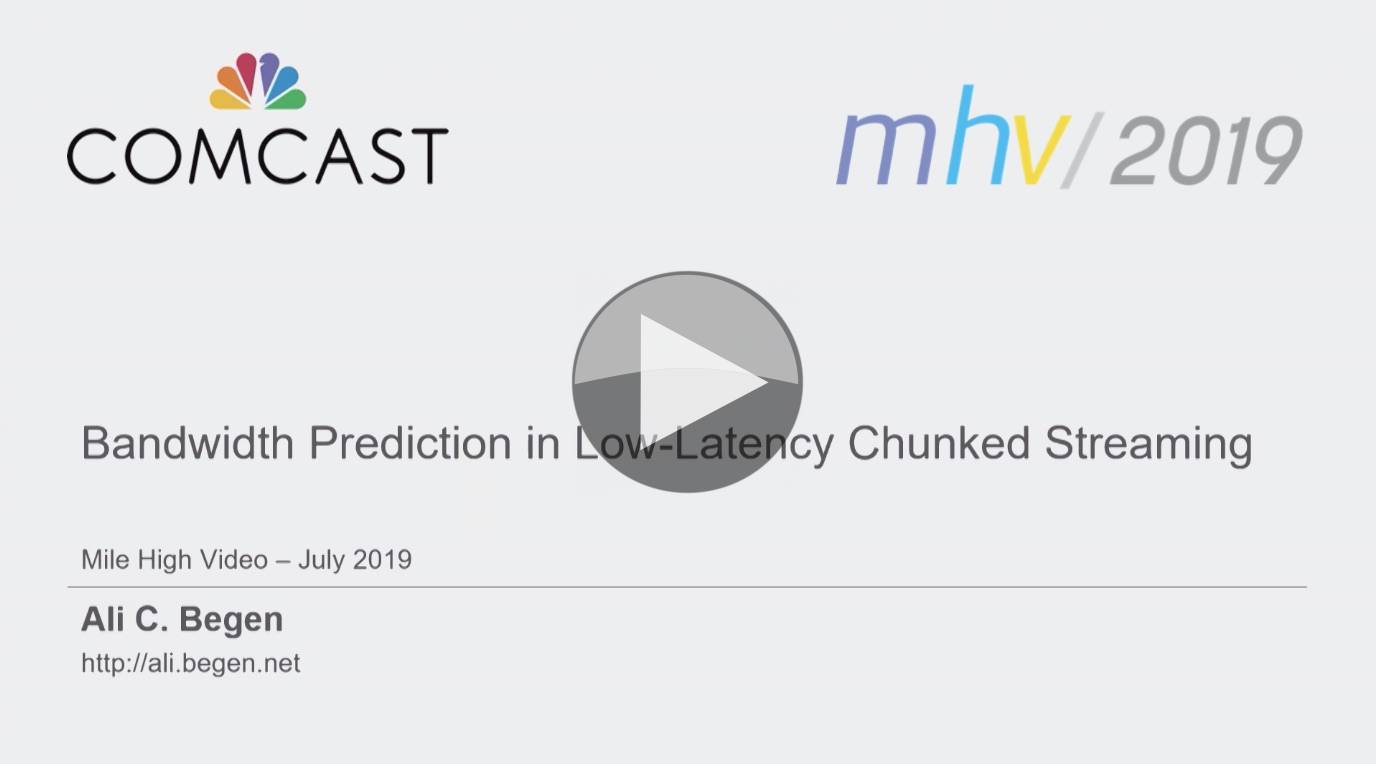If there’s any talk that cuts through the AV1 hype, it must be this one. The talk from the @Scale conference starts by re-introducing AV1 and AoM but then moves quickly on to encoding techniques and the toolsets now available in AV1.
Starting by looking at the evolution from VP9 to AV1, Google engineer Yue Chen looks at:
- Extended Reference Frames
- Motion Vector Prediction
- Dynamic Motion Vector Referencing
- Overlapped Block Motion Compensation
- Masked Compound Prediction
- Warped Motion Compensation
- Transform (TX) Coding, Kernels & Block Partitioning
- Entropy Coding
- AV1 Symbol Coding
- Level-map TX Coefficient Coding
- Restoration and Post-Processing
- Constrained Dire. Enhancement Filtering
- In-loop restoration & super resolution
- Film Grain Synthesis
The talk finishes by looking at Compression Efficiency of AV1 against both HEVC (x.265) & VP9 (libvpx) then coding complexity in terms of speed plus what’s next on the roadmap!
Speaker
 |
Yue Chen Senior AV1 Engineer, |












